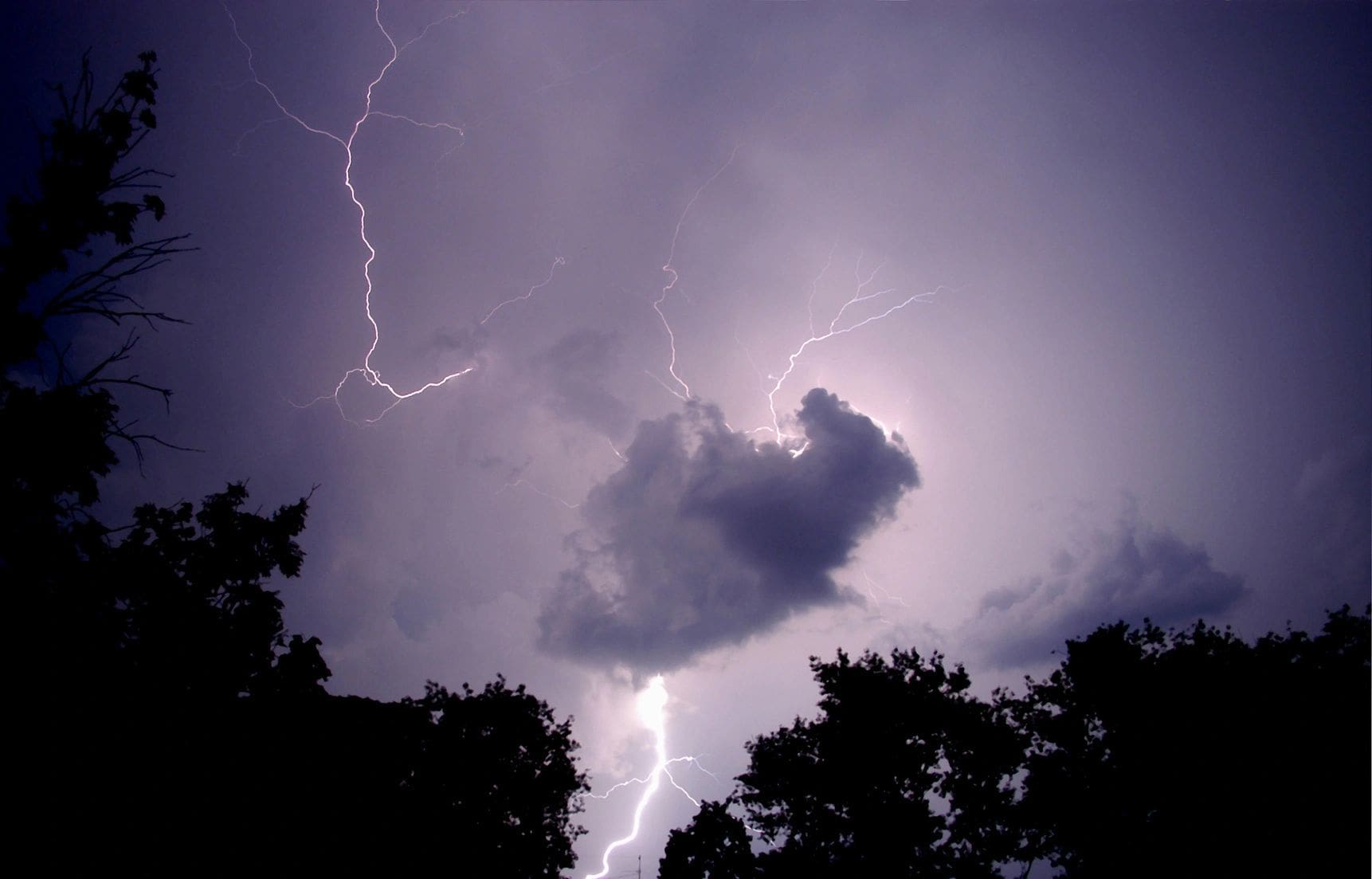
Weather Wisdom: Ensuring Safe Flights in Aviation
Understanding Weather Before You Fly Before a plane ever leaves the ground, pilots must engage with a crucial aspect of flight preparation: understanding weather conditions, also known as Weather Wisdom. Analyzing weather reports and forecasts for the intended route and possible alternatives is a vital part of every pre-flight ritual. This knowledge prepares pilots for atmospheric unpredictability.
The Pre-Flight Briefing The pre-flight phase demands a pilot’s full attention to meteorological details. Assessing the possible impact of weather on the planned journey is the pilot’s foundational strategy for mitigating risks associated with flying.
The In-Flight Vigilance Once in the air, the relevance of weather knowledge remains paramount. Pilots must remain alert, interpreting data from onboard tools and staying abreast of updates that may signal weather changes, ensuring safe and smooth navigation.
The Post-Flight Analysis Every flight offers a new set of data and experiences to enrich a pilot’s expertise. Reflecting on weather-related decisions enhances a pilot’s future responses and contributes to a deeper understanding of weather patterns.
The Role of Weather Wisdom This form of wisdom is essential, not just for the individual pilot but for the broader aviation community. It acts as a collective safeguard, promoting an anticipatory approach to weather-related challenges in flying.
Expanding Your Weather Knowledge For aviators, pairing weather knowledge with cutting-edge technology is a recipe for heightened flight safety. Incorporating this understanding into ongoing training and operations is critical for safe aviation practices.
Conclusion Weather wisdom is an indispensable ally for pilots. It’s the key to managing the intricate dance with the skies securely, transforming every trip into a demonstration of skillful aeronautics. It’s not just about reacting to the weather; it’s about being prepared for it at every stage of the flight.
